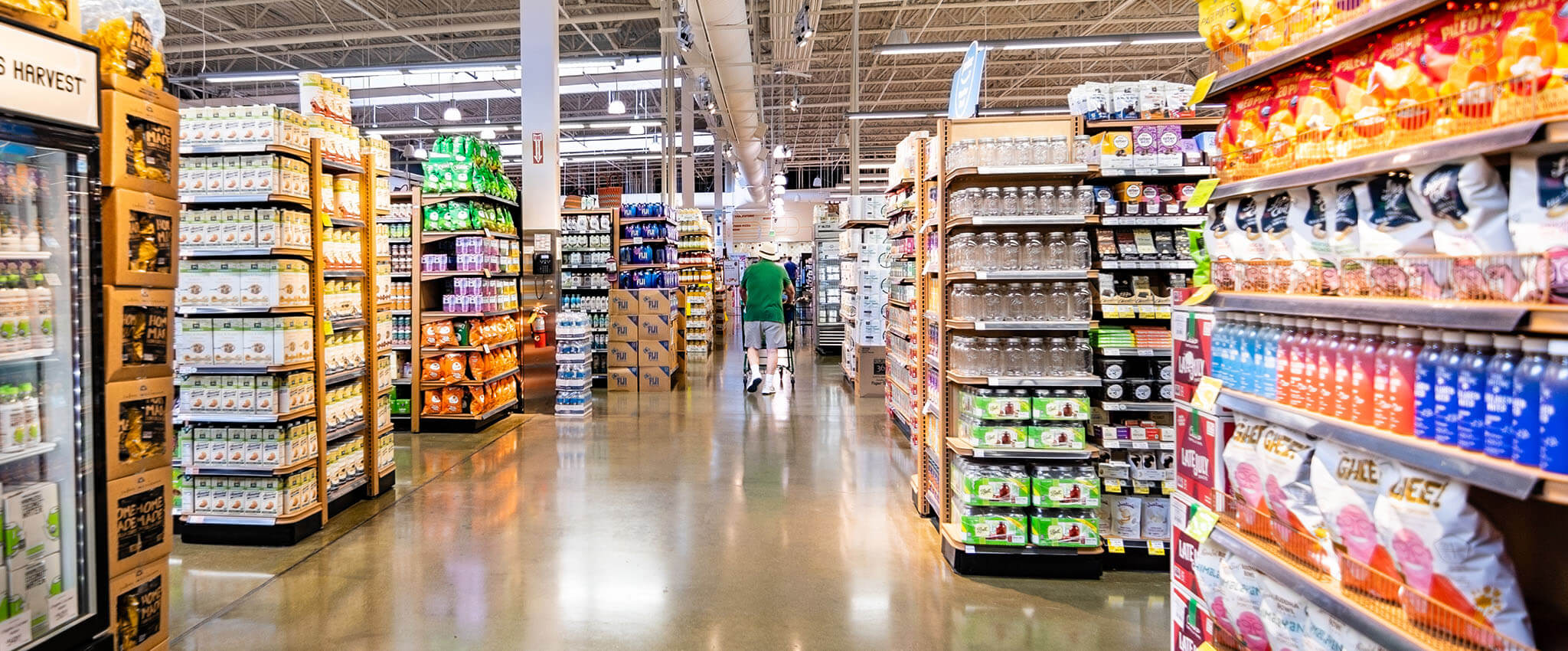Raise your hand if this sounds familiar: Our planograms rarely change.
Raise your other hand if this also sounds familiar: Planogram changes increase shopper interest.
Every so often, planograms need to be updated – products relocated, entire shelving units shifted – as an integral part of effective merchandising. But these changes typically occur no more than twice a year. Why? “It’s a massive undertaking,” says Toni Howard, Sales Director for Retail Space Solutions.
That’s because the typical planogram change involves much more than relocating products. Shelves must be repositioned, product labels and pricing signage needs to be changed, and everything must be thoroughly cleaned to remove any evidence that a different product had once sat in place there.
“Even with all that extra work, making regular changes to planograms is a solid investment,” Howard said. Changing planograms also helps capture consumer interest and drive sales.
Here’s how. Let’s say a customer enters a store that they visit regularly to purchase one particular product. Through their visits, they’ve become familiar with the aisles and know the exact location of that product on the shelf. Because they know precisely where their one product is located, they become blind to the other items in the store, walking right past them without even the slightest notice. A change to the planogram forces them to take notice.
According to Howard, the benefits to frequent planogram changes extend beyond the breaking of shopping habits. “Each time a planogram is refreshed, new data is collected that can be analyzed to ensure that the products on your shelf plan are meant to be there, and they have the correct space allocation.”
As customer behavior shifts and the popularity of products changes over time, retailers must adapt their planograms and their layouts accordingly. For example, if a product is not performing well, the retailer will consider either removing it completely or reducing its facings and replacing it with a SKU that will offer better sales and profits. If shelves remain stagnant, they will end up stocked with products that no longer meet consumer demands—resulting in diminishing sales. On the other hand, if planograms are properly maintained and continuously optimized, customers will notice that the store takes its customers’ needs seriously.
When planogram changes are made, it’s typically the brands that are driving them. “Brands are extremely protective of themselves,” Howard explained, noting that those same brands can be very particular about the execution of the change. “If the planogram isn’t set up properly, individual brands can suffer. As a result, the retailer also loses sales.”
Howard said that the innovative SpaceGrid display systems from Retail Space Solutions help take the grind out of display adjustments, making them faster and easier than what is required with traditional systems. “When planogram changes occur, SpaceGrid trays can be easily lifted, moved and repositioned within seconds,” she said. “The products can even be kept in the tray throughout the move, cutting both time and labor required.” Rugged and dependable SpaceGrid trays hang with brackets to a mounted steel grid. The universal design of the system allows trays to be repositioned on the grid without tools. The widths of the side walls of the SpaceGrid trays can quickly be adjusted in or out to fit the various package sizes.
Decades of developing advanced retail merchandising systems gives Retail Space Solutions experts a unique perspective on store layout. As a valuable service to the industry, Retail Space Solutions provides in-depth site assessments to help retailers with space planning, purchasing, installation and aftermarket support. Our experts work with customers one-on-one to identify and solve retail challenges. These site assessments are conducted free of charge and can be initiated simply by contacting Retail Space Solutions. Certain retailers might even qualify for a free, in-store trial of a Retail Space Solutions pusher system.
